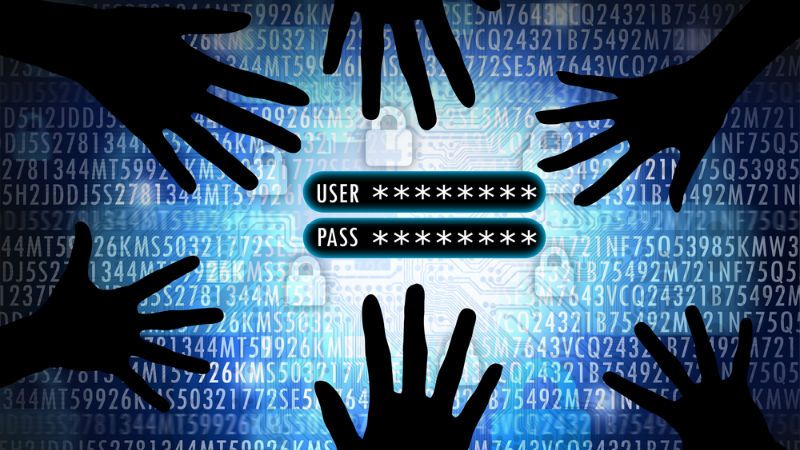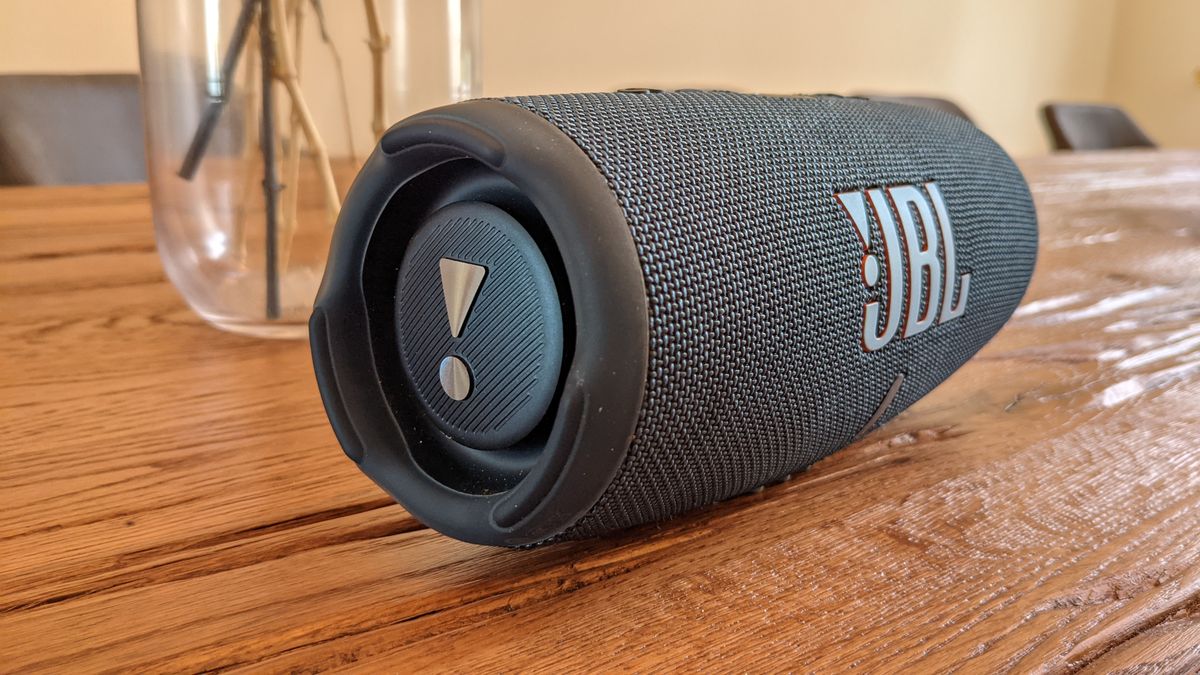The cyber attack in Marks & Spencer is the type of event that makes business leaders feel and reflect if their own organization could be the next one. While its services can now be operational, the incident has still cost the brand more than 300 million in lost profits, along with possible damage to their relations with customers.
The brand is not alone, since the attackers also hit the specialized food distributor Peter Green Frilled, essential for several supermarket supply chains, along with Coop, North Face and Cartier recently as well. The lasting impacts of these cybersecurity violations have revealed how quickly a single commitment can affect the income, logistics and confidence of the brand, even if organizations have well -tested contingency plans.
Co -founder and director of Hyve Managed Hosting.
Cybercriminals love retail data
The appetite of the United Kingdom for online purchases has grown from 18.1 percent of total sales in September 2019 to about 26 percent today. This growth brings greater volumes of payment credentials, loyalty data and personal profiles that retailers and their partners must store and access so that the entire system operates effectively.
As each part of the retail supply chain process, from stock control to compliance, it is now digitally integrated into the battle for simplified and multichannel efficiency, it has become almost impossible to guarantee total safety.
The criminals want that data for rescue, resale or misuse, and seek it incessantly. They have learned that the easiest way to go through expensive perimeter tools begins within each business. The click of a seasonal employee in an email, an erroneous configuration in an update of the application of loyalty or the use of recycled passwords by a manager who works from home are all the weaknesses that criminals exploit.
The addition of hybrid work has also opened many more potential entry points for criminals and complicates security surveillance.
The complex pipelines of the partners of the supply chain makes continuous monitoring much more difficult. Retailers trust the third -party electronic commerce software, CRM suites, point of sale systems and supply chain tools. The vulnerabilities of even a single supplier or partner are sufficient to let the criminals enter.
Artificial intelligence, meanwhile, has automated phishing lures and vulnerability scan. Standard ransomware kits development also means that criminals need less technical experience to be effective. They can deliver cyber attacks more frequently and speed with higher precision.
Building defenses containing attacks
Eliminating all cyber risk is impossible, so organizations must change the focus on damage limitation and maintenance of legitimate trade, using layer safety instead of depending completely on a single guardian.
In the purchase list for retailers, it must be real -time ending detection and response platforms or extended detection and response platforms (XDR). These solutions monitor the devices, networks and workloads in the cloud for anomalous behavior, then aisle the infected assets before the malware spread.
Strict network segmentation limits the freedom of movement of an intruder in systems. A zero confidence model will make life difficult by demanding authentication for each access request.
Sometimes, the most effective containment measure is a deliberate off to allow individual branches to continue operating on local platforms. This prevents the attackers from sinking through systems and allowing researchers to continue their work.
Layer Defense
Defense in layers must involve employees and technology. Multifactor authentication reduces the threat of stolen passwords, while less privileged principles ensure that personnel only access what is required for the task in hand. Regular penetration tests expose weak points before the adversaries find them, and supply chain audits encourage suppliers to improve standards.
The preparation is essential. Immutable backups outside the site provide clean copies of critical data, but only if the recovery time and the objectives of the recovery point are realistic and are tested regularly. The complete failure, the forensic transfer and the client's communications must be tested.
It is also important to diversify infrastructure, avoiding dependence on what becomes a unique failure domain through the error of executing environments for production, backup and disaster recovery on the same platform. What retailers need is a hybrid or multiple approach to spread the risk and improve flexibility.
Instill a new confidence
After the immediate threat is contained and the systems are restored, the reconstruction of trust is difficult when customers, staff and investors want details of what happened, the exposed data and how the company will prevent it from happening again.
A transparent updates schedule shows respect and reduces speculation. Each cyber event or breach must trigger changes in policy and a new internal training, reinforcing the message that security is a collective responsibility shared by all in each department.
Many retailers use administered service providers (MSP) to accelerate all these steps, providing access to a broader experience and experience, scale monitoring and 24 -hour scale monitoring. Retailers have strategic supervision and knowledge of the sector, while MSP provides a deeper level of technical information and a commitment to continuous improvement.
With the correct associations, layers in layers, the response to the crisis and security awareness, retailers can absorb attacks without everyday businesses. They can continue to maintain the vital confidence behind each customer transaction. There is certainly no reason to despair if organizations follow this approach of several layers.
We list the best final point protection software.
This article was produced as part of the Techradarpro Insights Expert Channel, where we present the best and most brilliant minds in the technology industry today. The opinions expressed here are those of the author and are not necessarily those of Techradarpro or Future PLC. If you are interested in contributing, get more information here:









